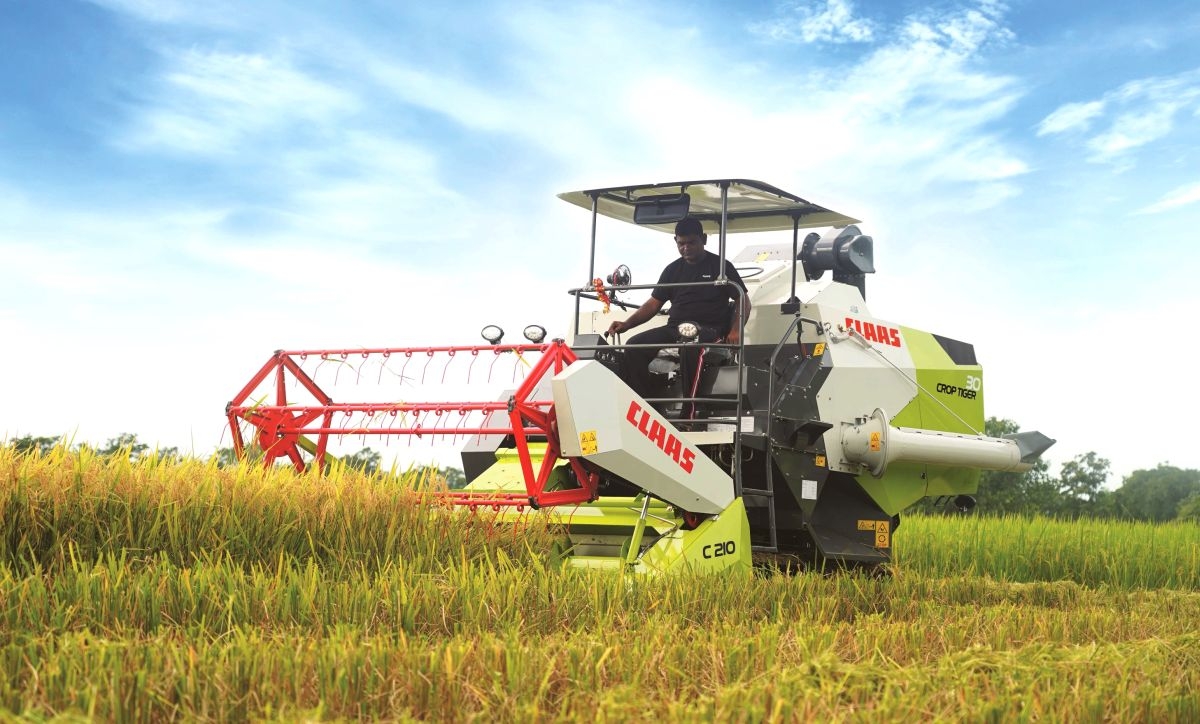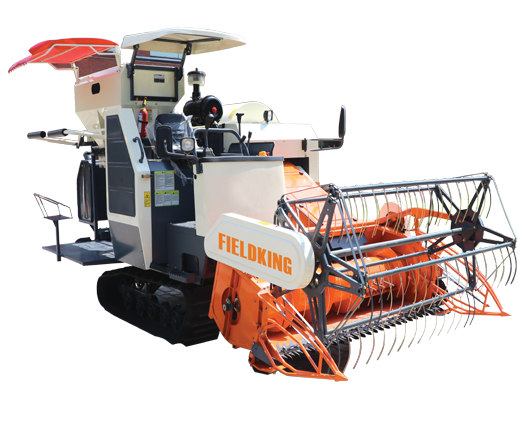The combine harvester market in India
The combine harvester market in India is expected to grow at a CAGR of 5.60% during the forecast period (2023-2028). The market is being driven by the increasing demand for mechanized harvesting, rising labor costs, and government support for farm mechanization.
The Indian combine harvester market is segmented by type, capacity, and region. By type, the market is segmented into self-propelled and trailed harvesters. Self-propelled harvesters are the most popular type of harvester in India, accounting for a share of over 80% of the market. This is due to the fact that self-propelled harvesters are more versatile and can be used in a variety of crop conditions.
By capacity, the market is segmented into below 50 hp, 50-100 hp, 100-150 hp, and above 150 hp. The below 50 hp segment is the largest segment, accounting for a share of over 50% of the market. This is due to the fact that these harvesters are relatively affordable and are suitable for small and medium-sized farms.
By region, the market is segmented into North India, South India, East India, West India, and Central India. North India is the largest market for combine harvesters in India, accounting for a share of over 40% of the market. This is due to the fact that North India is a major agricultural region and has a high demand for mechanized harvesting.
The key players in the Indian combine harvester market include John Deere, CLAAS, Preet Agro, and Kartar Agro. These companies are investing in research and development to develop more efficient and user-friendly harvesters.
Here are some of the key trends in the Indian combine harvester market:
* Increasing demand for mechanized harvesting
* Rising labor costs
* Government support for farm mechanization
* Growing popularity of self-propelled harvesters
* Increasing demand for harvesters with higher capacity
* Development of more efficient and user-friendly harvesters
The Indian combine harvester market is expected to grow at a healthy CAGR during the forecast period. The market is being driven by the factors mentioned above. The key players in the market are expected to continue to invest in research and development to develop more efficient and user-friendly harvesters.



